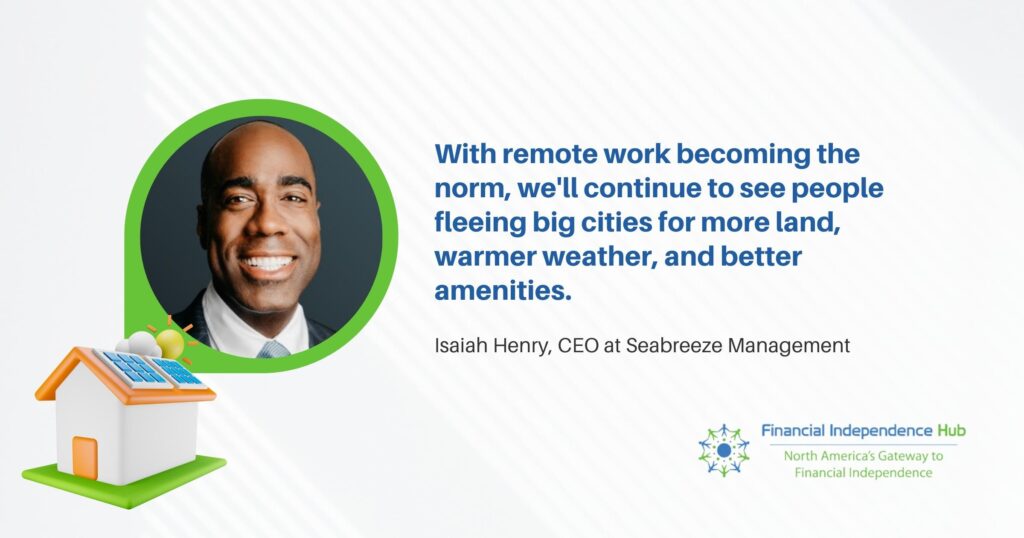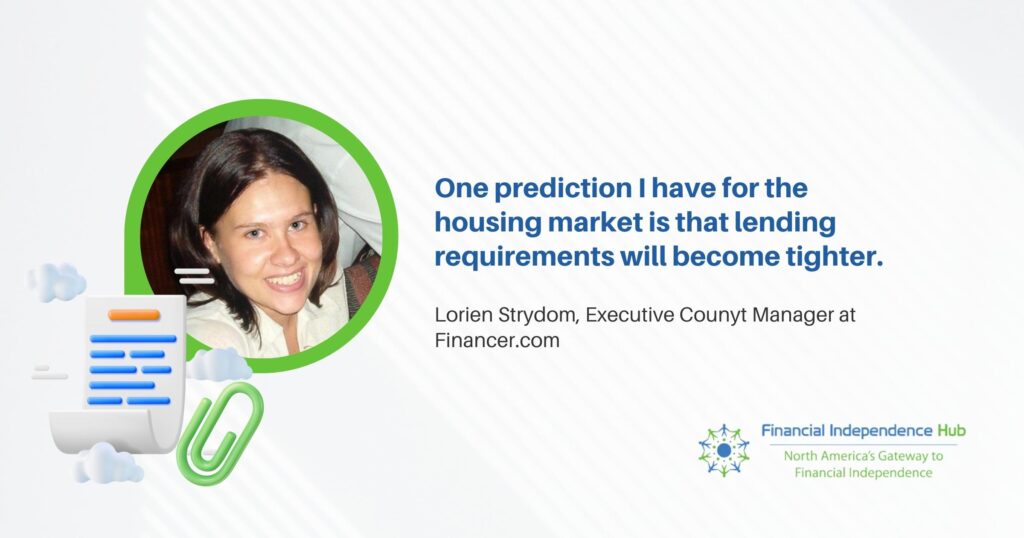By Dale Roberts, cutthecrapinvesting
Special to the Financial Independence Hub
It’s a trade-off. I hold a concentrated portfolio of Canadian stocks. What I give up in greater diversification, I gain in the business strength and potential for the companies that I own to not fail. They have wide moats or exist in an oligopoly situation. For the majority of the Canadian component of my RRSP account I own 7 companies in the banking, telco and pipeline space. I like to call it the Canadian wide moat portfolio.
(updated August 24, 2022) Like many Canadian investors I discovered over the years that my Canadian stocks that pay very generous dividends were beating the performance of the market. You’ll find that market-beating event demonstrated by the Beat The TSX Portfolio. Eventually, I moved to the stock portfolio approach.
Over longer periods you’ll see that BTSX beat the TSX 60 by 2% annually or more. And as always, past performance does not guarantee future returns.
For the bulk of my Canadian contingent I hold 7 stocks.
Canadian banking
Royal Bank of Canada, Toronto-Dominion Bank and Scotiabank.
Telco space
Bell Canada and Telus.
Pipelines
Canada’s two big pipelines are Enbridge and TC Energy (formerly TransCanada Pipelines).
My followers on Seeking Alpha or Cut The Crap Investing readers will know that I also own Canadian energy producers, gold stocks and gold price ETFs (holding gold) and the all-in-one real asset ETF from Purpose. I also own Canadian bonds and bitcoin.
For the U.S. component there is a basket of U.S. stocks. Here’s an update of our U.S. stock portfolio. That portfolio continues to provide impressive market-beating performance.
We hold our cash with EQ Bank.
The performance update to August 2022
Here’s the Canadian wide moat 7 from 2014 vs the TSX Composite, to the end of July 2022. I slightly overweight to the telcos and banks. The portfolio for demonstration purposes is rebalanced every year. When reinvesting I usually throw money at the most beaten-up stock. That would be a reinvestment strategy that seeks value and greater income, the general approach of the Beat The TSX Portfolio.
2021 was a very good year for the wide moat portfolio. It beat the TSX, but did underperform the Beat The TSX Portfolio model and Vanguard’s High Dividend ETF (VDY). The outperformance of the Wide Moat 7, over the market, is accelerating in 2022.
In 2022 the Canadian Wide Moat 7 is up 1.14%. The TSX Composite is down 5.56%. For the record, the Vanguard High Dividend (VDY) is up 2% in 2022 to the end of July.



Annualized returns and volatility

The Canadian Wide Moat 7 has delivered greater total returns and with less volatility and less drawdowns in corrections. The market beat is somewhat consistent with the Beat The TSX Portfolio beat of over 2% per year.
And of course the portfolio dividend income is more than impressive. I did not create portfolio exclusively based on the generous and growing income, but it is a wonderful by-product. The following is based on a hypothetical $10,000 portfolio start amount. The starting yield is above 4%, growing towards a 10% yield (on cost) based on the 2014 start date.

In the above, the dividends are reinvested. For example, the Telus dividend is reinvested in Telus. While I will take a total return approach for retirement funding, the generous portfolio income contribution will add a dimension that will help reduce the sequence-of-returns risk. I am in the semi-retirement stage.
Performance update to the end of May 2022
In this chart I begin with the inception date of the Vanguard High Yield VDY, 2013. We see the Canadian Wide Moat 7 vs VDY and the TSX Composite – XIC.


The Wide Moat stocks have outpeformed for the full period, but that is thanks mostly to better returns out of the gate. The outperformance is also aided by lesser drawdowns in market corrections. We see that both the Wide Moat approach and VDY have beat the market, with ease.

Wide Moats with an energy kick
I also hold Canadian energy stocks in the mix. That energy allocation is near 10%. Here’s what it looks like over the last year with that energy kicker. The following table looks at from January of 2021 to the end of July 2022. Continue Reading…








